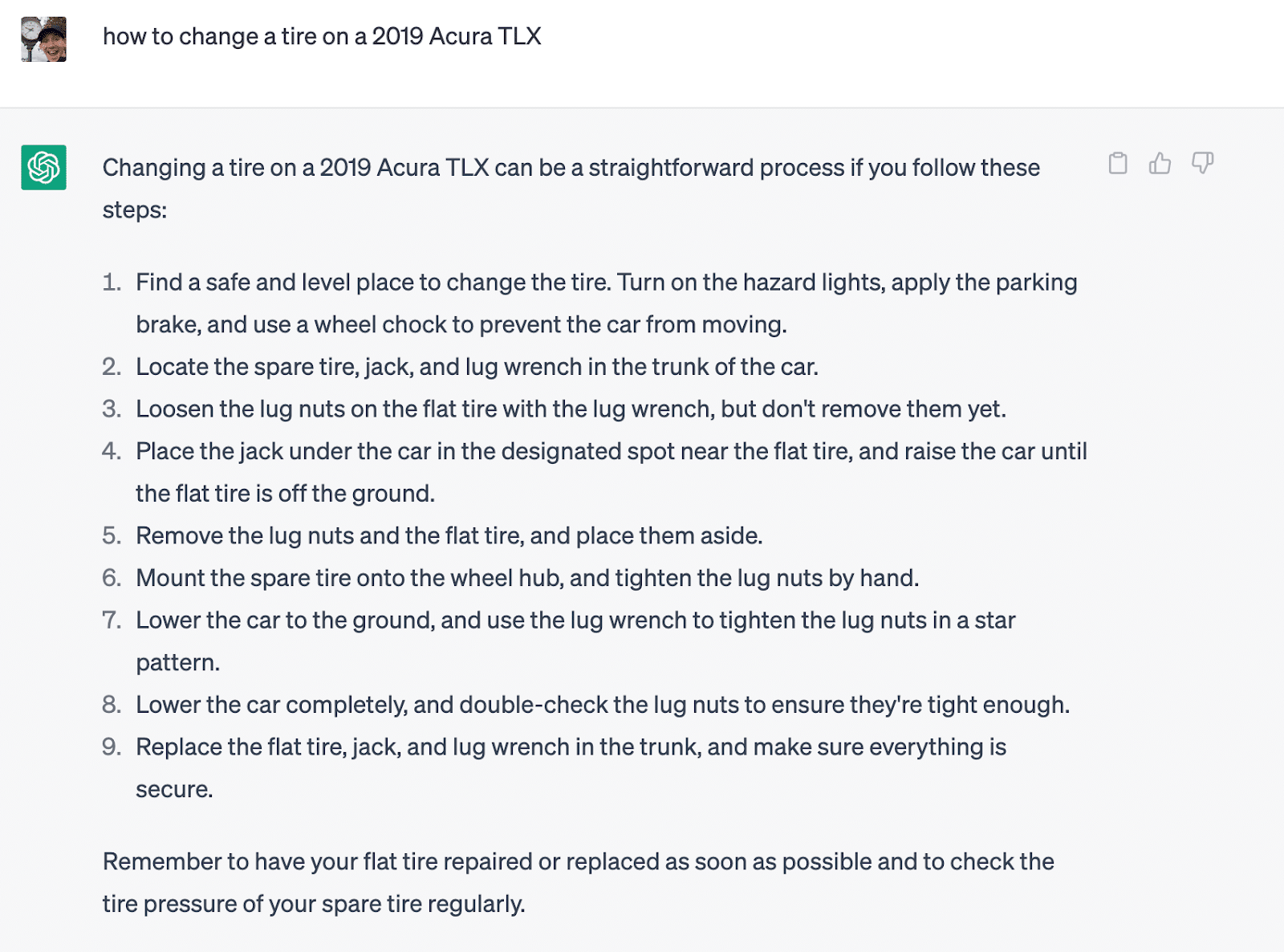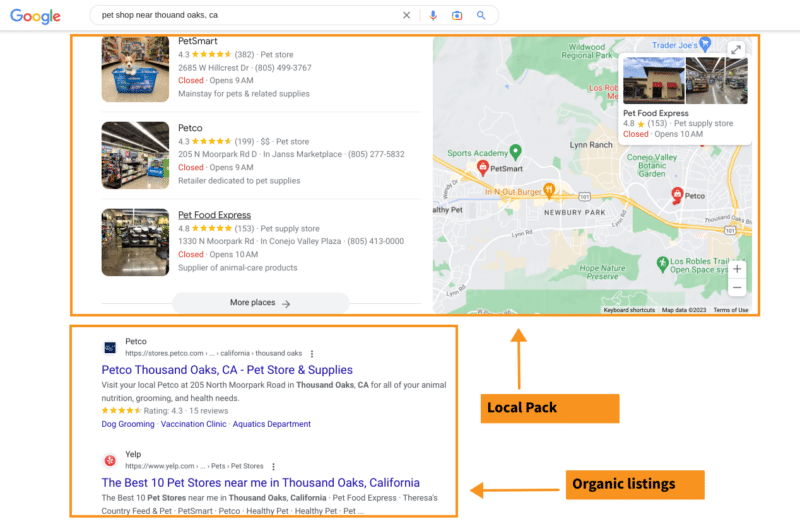When it comes to SEO, there is always something to do. It’s easy to get sidetracked by the next shiny thing instead of focusing on the tasks that will move the needle for the business.
Having hundreds, thousands, or even millions of potential keywords worth targeting is overwhelming. You need to prioritize SEO keywords and create a measurable plan.
How do you get started? Read on to find top tips on prioritizing SEO keywords for content creation.
Think about business and marketing goals
If you’re creating SEO content, you must have a goal in mind.
You should be working toward ranking a particular set of keywords, usually based on a specific topic. An end goal is essential for measuring SEO success.
A complete optimization might be doable if your site is less than 20 pages. More than that, you need to hone in on a topic cluster.
Your topic cluster will be a section of your website. For example, if you sell housewares, you might prioritize one particular room and related items.
You can prioritize your essential clusters by considering the following:
- Management’s desires and business goals: Marketing should support management to drive the business forward.
- What’s working well already: You might find some easy wins if a site already has some authority in a particular topic or product.
- Well-converting pages: If a page converts well, increase organic traffic to drive more conversions.
Finding keywords for prioritization
Before you start prioritizing keywords, you’ll need to research keywords for SEO. You can do this in many ways, but here are three ways to get started.
Google Search Console
If you’ve got a site with organic visitors, then Google Seach Console (GSC) can be a great place to start. GSC tells you every keyword your site ranks for.
Go to Search results in the left-hand menu and click Average position so it turns orange. I recommend filtering by country but clicking the plus above the graph and choosing Country. Now you can see the average position of all ranking keywords in the country you’re most interested in ranking in.
Look through the keywords and pay attention to those in positions six to 20.
These keywords are your bottom of page one, page two, or top of page three keywords, also known as your low-hanging fruits.
In theory, moving these keywords up the ranks will be easier.

Competitor analysis
As part of a competitor analysis, you can find keywords that competitors are ranking for. SEO tools like Ahrefs or Semrush will give you insights into potential search volume, traffic and search intent.
There are two major benefits to researching competitor keywords:
- You will eventually show up in the SERPs where they are so that you can receive some of that traffic.
- You can demonstrate E-E-A-T to Google. If you cover the same keywords (and, more specifically, content) that your competitors are, you’re proving to Google that your site is at least as valuable as theirs.
Just because your competitor is ranking doesn’t necessarily mean that you should. Use the prioritization tips below to help determine what to use on your site.
Customer research
Nothing beats finding keywords than talking to the people you most want on your site.
Talk to your customers and prospective buyers. Alternatively, talk to sales and customer support or customer success managers.
If you can understand customer pain points and the words or phrases buyers use to find you, you can be sure they’re also putting these words into Google.
Tips for prioritizing SEO keywords
Paid ads
Ads data is a trove of information for SEO. If a website runs ads, getting a list of converting keywords is necessary. If a keyword is converting for ads, it will likely convert with SEO, too.
Not every keyword that ads are bidding on can rank organically, but where it can, you should go for it providing it fits into those business and marketing goals.
You can also trial keywords with ads by bidding on them to test their conversion rate.
Google Keyword Planner
If you're not already running ads, Google Keyword Planner – an advertising tool – can still support you (and it's free).

Screenshot of Google Keyword Planner to illustrate how competition and cost per click can help influence keyword prioritization.
Google Keyword Planner provides some interesting data:
- The keyword with its average monthly searches (exact searches if you're running ads).
- Competition means how difficult it is to get visibility with ads for this keyword.
- Bid range means how much people are paying for the keyword.
So, what does this mean for SEO?
If a keyword has high competition, many people are bidding on it, and businesses tend not to bid on keywords that aren't making them money.
A high competitor is an indicator that a keyword is making an ROI.
If you can earn a rank organically for the same keyword, then there's a chance it'll make money for your site.
Prioritize conversion keywords and money pages
SEO's primary goal is building a qualified audience. You want people on your site who will likely be interested in your product or service.
You want visibility for the pages that lead to conversion, be it a sale or an email sign-up, a download, or something that brings web traffic into your marketing funnel.
Your SEO efforts should be in pursuit of bolstering these highly important pages so that you can accelerate the marketing funnel.

SEO can bring users to the site who are in the awareness stage of the marketing funnel.
This stage is also known as the top-funnel (ToFu). ToFu users are unlikely to convert. But, good to have if marketing can nurture them through other means – by email if users sign up, for example.
SEO can also bring bottom-funnel (BoFu) traffic – a.k.a. conversion traffic – if those money pages rank high enough on page one.
BoFu users are ready to buy. If you know which pages are converting, you can work to develop an SEO content strategy that helps these pages rank.
Search volume
Generally, your keywords with high search volumes will be your ToFu/awareness keywords, and your BoFu keywords will have lower search volumes.
Since the BoFu keywords convert, you'll likely find them in your ads accounts.
Getting sidetracked by high-search keywords is easy, but you must remember that your goal is to get conversions and revenue, not just traffic.
The keywords you choose should be less volume-focused and more conversion-focused.
Ask yourself how your SEO content is helping those BoFu ranks.
Keyword difficulty
It is worth considering keyword difficulty. Like the competition metric on Google Keyword Planner, keyword difficulty indicates how easy or difficult it might be to rank for a particular keyword.
New sites might have a long road ahead to rank for seed keywords. In this instance, prioritize longer-tail keywords.
That said, topical authority is more important than keywords and difficulty. Although some of your keywords may not hit the top pages of Google sometime soon, you should consider adding pages with the keywords to the site anyway.
Topic coverage helps build E-E-A-T, and only some pieces of content have to rank immediately. In the interim, you can share the content through other marketing channels.
Do it well, or don't do it at all
You can't cut corners when creating content that ranks in SERPs.
Google wants to provide its users with the best possible experience and it's not enough to just use keywords.
You need to be creating content that is highly valuable and genuinely useful.
If you're looking at the competitor pages and seeing 3,000-word articles with video embeds and images, you should make your play for the keyword only when you can create something as good as those pages ranking.
Measure and improve for SEO success
As you build your SEO and content strategy, you'll find that new opportunities will surface and take priority.
After a few months, you can refer back to that Google Search Console tip at the beginning of this article. Likely, new keywords will be ranking on the bottom of page one and onwards.
You'll repeat the optimization process continually, building your content architecture and discovering new opportunities.
Once you've got your chosen cluster ranking and bringing in revenue, you can move on and repeat the process for a second cluster.
The post How to prioritize SEO keywords for content creation appeared first on Search Engine Land.
via Search Engine Land https://ift.tt/sLDuBCp





























